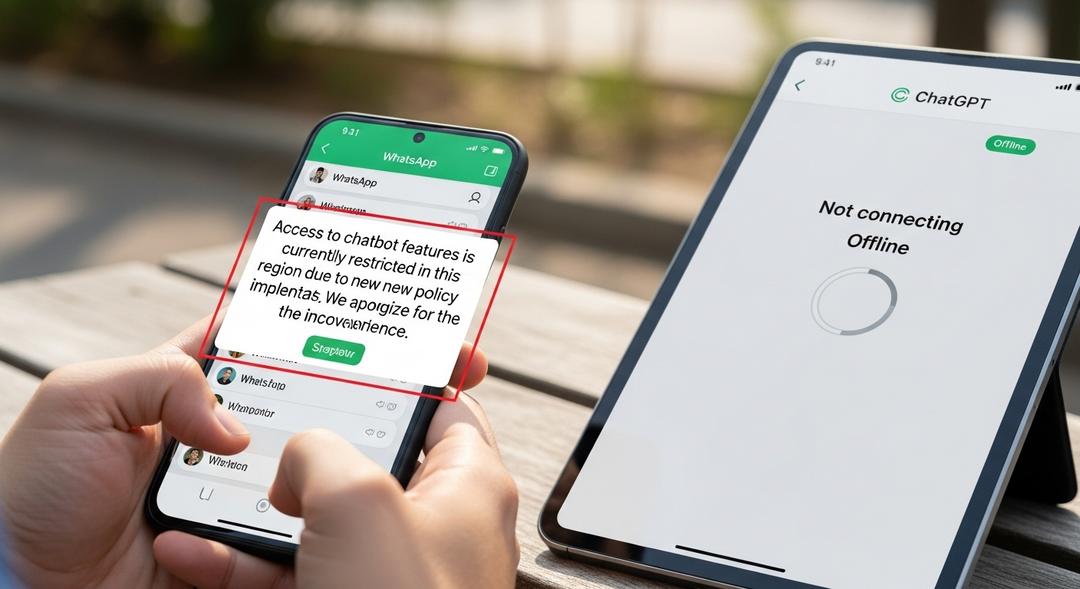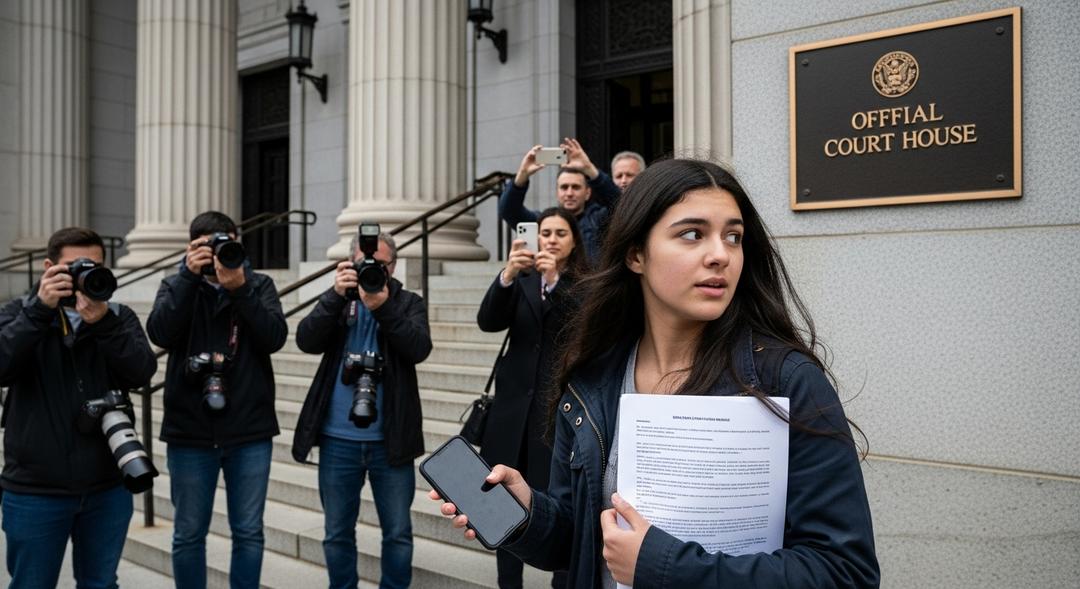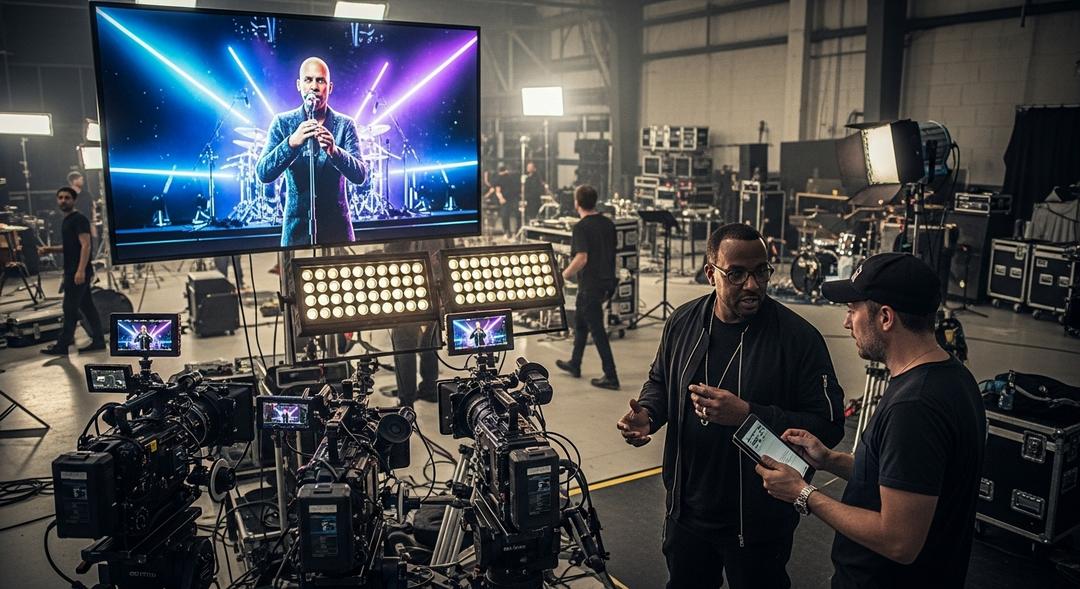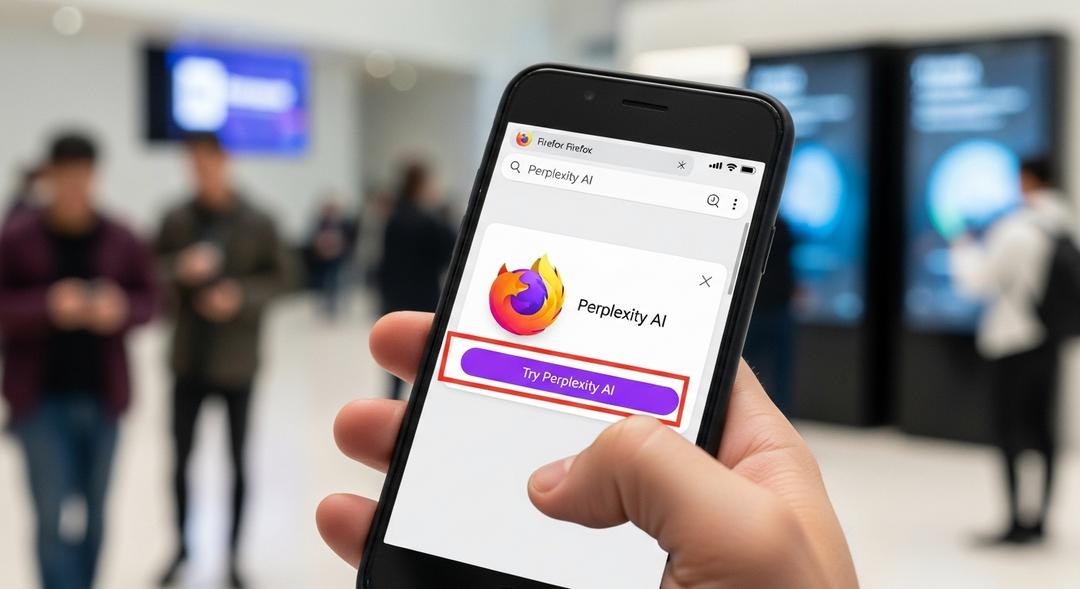Such was the case for Vijay Meel, a young man left demoralized after failing his banking exams. He turned to AI trained on the Bhagavad Gita, sharing his frustration and searching for purpose. The response — urging him to focus on his actions, not the results — echoed the ancient Hindu text but arrived in friendly, conversational language, reminiscent of a digital confidant. “It wasn’t a saying I was unaware of, but at that point, I needed someone to reiterate it to me,” Meel explains.
For many, these AI bots offer support that feels more accessible than a trip to the temple or a visit with a priest. In a world where personal connections can feel scarce, talking with an algorithm about faith is emerging as a powerful substitute.
Holly Walters, an anthropologist at Wellesley College, has watched as more worshippers rely on chatbots and even robotic idols. She points out that these robotic deities now perform rituals, answer prayers and even “receive darshan” — a spiritual glimpse between devotee and the divine. “It’s far beyond novelty at this point,” Walters observes.
Where Spirituality Meets Silicon
The rise of spiritual AI is not unique to Hinduism, but India’s openness to tangible representations of the divine makes it a fascinating test case. Digital tools are being trained on texts from every major religion — chatbots draw on the Quran, Bible, the words of Confucius and others — but the frequent use of AI for daily puja and darshan reflects Hindu traditions around sacred images and embodiment.
When text-based generative AI exploded in popularity, entrepreneurs quickly built bots embedded with the teachings of Krishna and other Hindu deities. Vikas Sahu, a business student, launched his version of GitaGPT and quickly saw tens of thousands of users. The appetite for digital wisdom only seems to be growing.
Virtual and augmented reality technologies now allow global devotees to experience grand gatherings like the Maha Kumbh Mela from afar. At the same time, temples deploy robotic arms to perform sacred rituals and even use animatronic elephants to accept offerings. Spiritual organizations have released meditation apps that curate ancient teachings via sophisticated algorithms. “We’re using AI to deliver ancient wisdom in a contemporary way,” explains Sadhguru’s Isha Foundation content lead, Swami Harsha.
Yet, beneath the convenience and accessibility, risks are lurking. Religious chatbots remain susceptible to the same errors and “hallucinations” as their secular counterparts, sometimes generating dubious or even dangerous advice. Vikas Sahu recounts having to quickly update GitaGPT after it made problematic pronouncements.
As Walters points out, “The danger isn’t just that people might believe what these bots say, it’s that they may not realize they have the agency to question it.” AI, especially for users new to modern technology, may appear as a true voice of the divine rather than the output of a coded program.
Still, for many like Meel, these tools have already become a lifeline. Sometimes, spiritual connection is only a message away.








